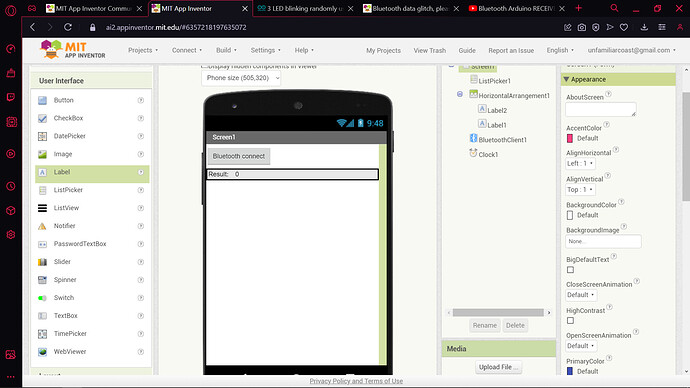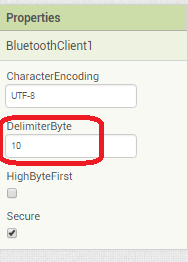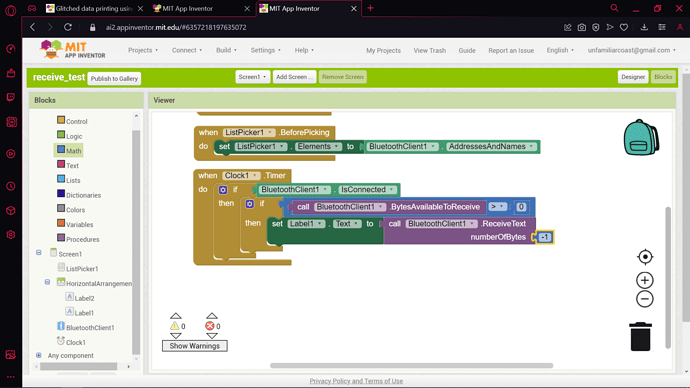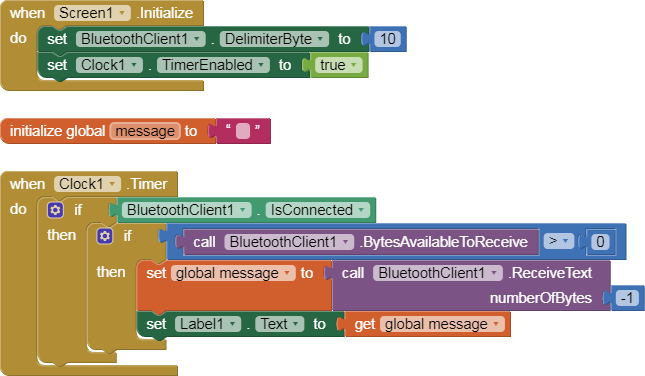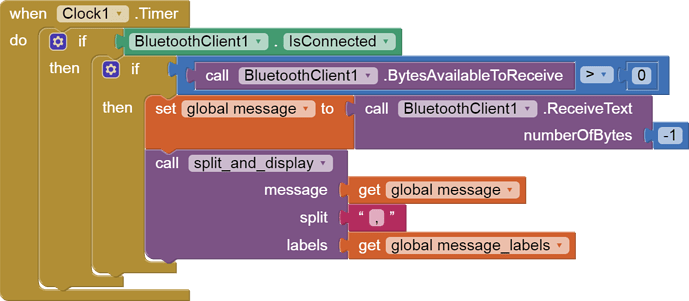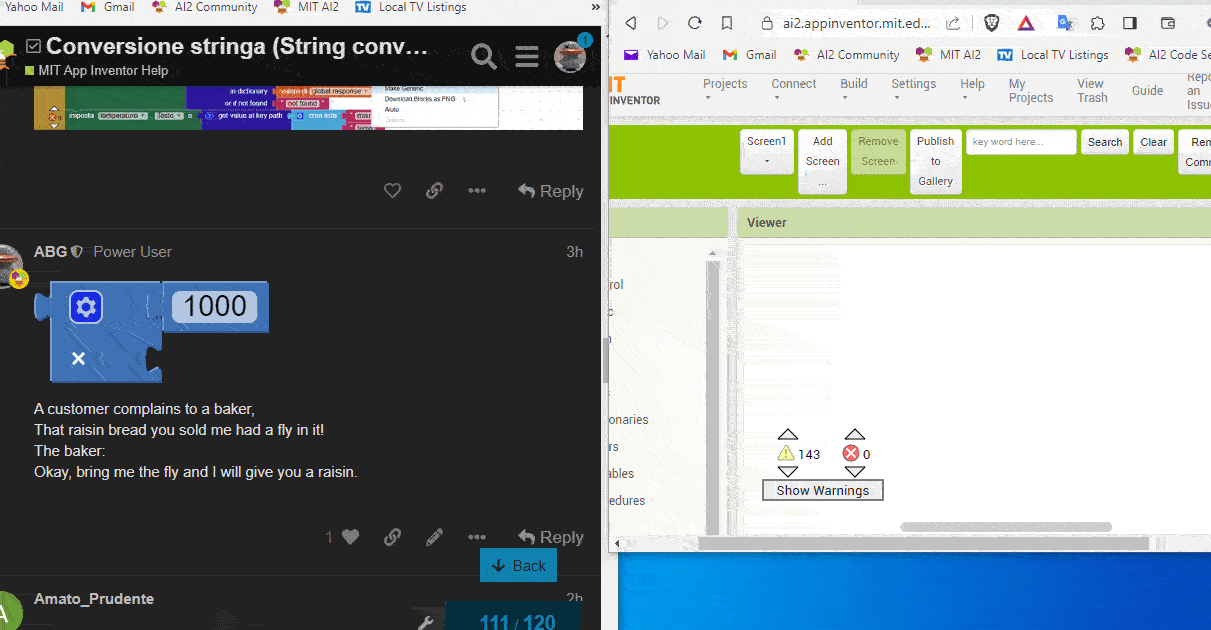Hi, im having a trouble with printing data from the arduino to my phone, but somehow its very glitchy.
Its a test for my MPU6050 and i want to print my results on the phone
Heres some code and a picture of my problem
arduino code:
#include <MPU6050.h>
MPU6050 mpu;
#define EXPIRED true
#define stillTIMING false
#define LEDon HIGH
#define LEDoff LOW
#define PUSHED HIGH
#define RELEASED LOW
#define CLOSED LOW
#define OPEN HIGH
#define ENABLED true
#define DISABLED false
#define YES true
#define NO false
const float thresholdForce = 5.0;
const unsigned long resetInterval = 500;
static float peakForce = 0, lastPeakForce = 0;
static unsigned long lastPeakMs = 0;
//const int arraySize = 200; //array size
//float dataArray[arraySize]; // array for storing values
//byte currentIndex = 0; // current index of the array
struct makeTIMER
{
unsigned long Time; //when the TIMER started
unsigned long Interval; //delay time in ms which we are looking for
bool timerFlag; //is the TIMER enabled ? ENABLED/DISABLED
bool Restart; //restart this TIMER ? YES/NO
//****************************************
//fuction to check if the TIMER is enabled and check if the TIMER has expired
bool checkTIMER()
{
//*********************
//is this TIMER enabled and has this TIMER expired ?
if (timerFlag == ENABLED && millis() - Time >= Interval)
{
//*********************
//should this TIMER restart again?
if (Restart == YES)
{
//restart this TIMER
Time = millis();
}
//this TIMER is enabled and has expired
return EXPIRED;
}
//this TIMER is disabled and/or has not expired
return stillTIMING;
} //END of checkTime()
}; //END of struct makeTIMER
makeTIMER forceChecker =
{
0, 500ul, ENABLED, NO //Time, Interval, timerFlag, Restart
};
makeTIMER delayValue =
{
0, 25ul, ENABLED, NO //Time, Interval, timerFlag, Restart
};
void setup() {
Serial.begin(115200);
Serial.begin(9600);
Wire.begin();
mpu.initialize();
//measure range of mpu6050(±16g)
mpu.setFullScaleAccelRange(3);
delay(1000);
}
void loop(){
int16_t ax, ay, az;
mpu.getAcceleration(&ax, &ay, &az);
// measuring accel
float gForceX = (float(ax) / 32767.0) * 16.0;
float gForceY = (float(ay) / 32767.0) * 16.0;
float gForceZ = (float(az) / 32767.0) * 16.0;
float accelX = gForceX * 9.81;
float accelY = gForceY * 9.81;
float accelZ = gForceZ * 9.81;
float accelTotal = (sqrt(pow(accelX, 2) + pow(accelY, 2) + pow(accelZ, 2))) - 9.81;
//accelTotal = 1+analogRead(A0)*4.0/1023; // simulate with A0 pot
float myForce = accelTotal;
if (myForce > thresholdForce && myForce > peakForce){
peakForce = myForce;
lastPeakForce = peakForce;
lastPeakMs = millis();
Serial.println(lastPeakForce);
forceChecker.Time = millis();
}
// if(millis() - lastPeakMs > resetInterval && peakForce > 0){
if(forceChecker.checkTIMER() && peakForce > 0){
peakForce = 0;
Serial.println(lastPeakForce); //print on phone
}
}
Designer:
Picture of my problem:
